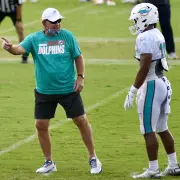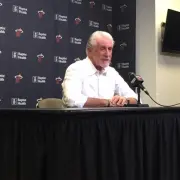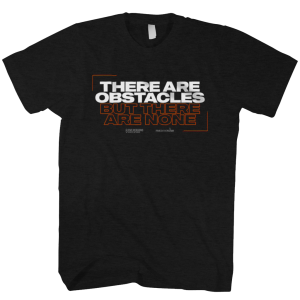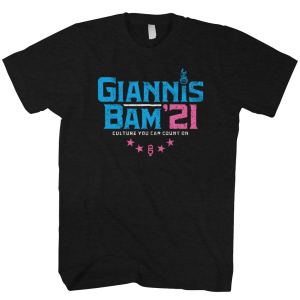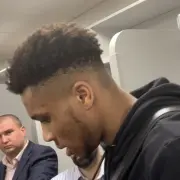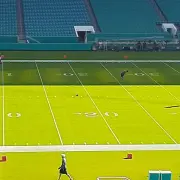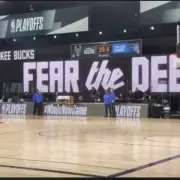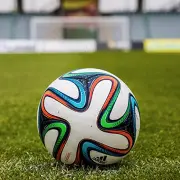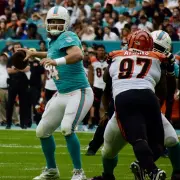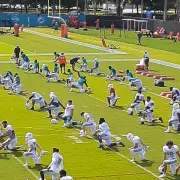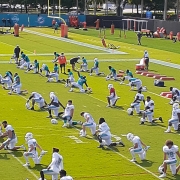THE EXTRA YARD: Best Guess on Miami Dolphins 53
Due to the restrictive nature of the NFL reporting rules this year, I cannot offer detailed analysis, but I can give an educated guess as to who makes the final 53 for the Dolphins, mixed with a heavy does of my opinion on who should, make the final roster.
QUARTERBACKS (3)
Ryan Fitzpatrick, Tua Tagovailoa, Josh Rosen
A predictable group, except for those that thought they might trade Rosen and just go with 2 guys, but in the COVID19 era, 3 QB’s could be an important component for every NFL roster.
RUNNINGBACKS (5)
Jordan Howard, Matt Breida, Patrick Laird, Myles Gaskin, Chandler Cox
Kalen Ballage was traded…then returned, was not a factor to figure in a “rotation”. Never mind, this unit was pretty set in stone. Everybody knew when they were acquired, who the 1-2 punch would be. Need a fullback, and the rest is best in show.
Welcome to the 305 @MattBreida
#MicdUp x @BaptistHealthSF pic.twitter.com/sPEFWi7rLb
— Miami Dolphins (@MiamiDolphins) August 30, 2020
WIDE RECEIVERS (6)
DeVante Parker, Preston Williams, Jakeem Grant, Isaiah Ford, Mack Hollins, Malcolm Perry
This “was” the deepest unit on the Dolphins. You got to feel pretty good about the “top two” but the opt outs of Albert Wilson and Alen Hurns hurt the depth. Mack Hollins has emerged as a contributor, Ford is steady and Perry was acquired to play. Jakeem Grant is a top return man, capable of the big play. Tough decisions in this group.
TIGHT ENDS (3)
Mike Gesicki, Adam Shaheen, Durham Smythe
A pretty quiet Dolphins unit all camp. Some miscommunications throughout, as well Chan Gailey’s propensity to use 4 WR sets, to go along with keeping a Fullback, means they likely keep 3?
OFFENSIVE LINE (8)
Austin Jackson, Ereck Flowers, Ted Karras, Jesse Davis, Robert Hunt, Julien Davenport, Michael Dieter, Solomon Kindley
Three rookies figured to make it, but nobody had all three as possible top contributors. The unit has looked light years better than expected so far in camp, and Ereck Flowers has been their leader in spirit and in play. Karras has been a steady influence as well. The fear comes if/when you take an injury. This is the thinnest of units on the team.
Ereck Flowers at today’s #Dolphins practice #Canes
(: Miami Dolphins) pic.twitter.com/0925YJwYqQ
— Greg Likens (@GregLikens) August 26, 2020
DEFENSIVE LINE (7)
Christian Wilkins, Davon Godchaux, Shaq Lawson, Emmanuel Ogbah, Raekwon Davis, Zach Sieler, Jason Stowbridge
I wanted to keep Tyshun Render, but it was a numbers game with the linebackers, and that group won out. Jason Stowbridge has not been a world beater in camp, but there is an investment there, so he sticks? The top of the rotation (six) is as easy to figure as any other group, other than quarterback.
Former Alabama DL Raekwon Davis is turning heads at Miami Dolphins training camp.https://t.co/X65PQ7rDYT pic.twitter.com/Dc5ueaQn1e
— 247Sports (@247Sports) August 23, 2020
LINEBACKERS (7)
Jerome Baker, Kyle Van Noy, Elandon Roberts, Kamu Grugier-Hill, Andrew Van Ginkel, Trent Harris, Sam Eguavoen
The Raekwon McMillan trade revealed much of the thinking on this unit, and the pecking order is clear. Van Ginkel is necessary in the absence of Vince Biegel (out for year),and Trent Harris is now much needed depth. Grugier-Hill is the possible Special Teams captain.
DEFENSIVE BACKS (11)
Byron Jones, Xavien Howard, Noah Igbinoghene, Bobby McCain, Eric Rowe, Brandon Jones, Nik Needham, Clayton Fejedelem, Tae Hayes, Kavon Frazier, Deatrick Nichols
The Top eight are predictable because of the investments made, and Fejedelem being a Special teams ace. Kavon Frazier sticks as a box safety thumper. Tae Hayes is decent in man to man, and has considerable ball skills. Deatrick Nichols is a fighter, and full effort guy that has the look of many of the guys that have come through here before, under this regime.
Former @HuskyFast/@AuburnFootball standout Noah Igbinoghene could be the youngest player in the @NFL when the 2020 season kicks off next month, but that won't keep the @MiamiDolphins from counting on him. https://t.co/SkLFD8E5bS
— Mark Inabinett (@AMarkG1) August 26, 2020
SPECIAL TEAMS (3)
PK: Jason Sanders
P: Matt Haack
LS: Blake Ferguson
No surprise here, it’s been telegraphed all camp, these three are the Place Kicker, Punter, and Long Snapper for the 2020 Miami Dolphins.
Alfredo Arteaga (@Alf_Arteaga) is one-third of the trio that does the Three Yards Per Carry (@3YardsPerCarry) podcast.
